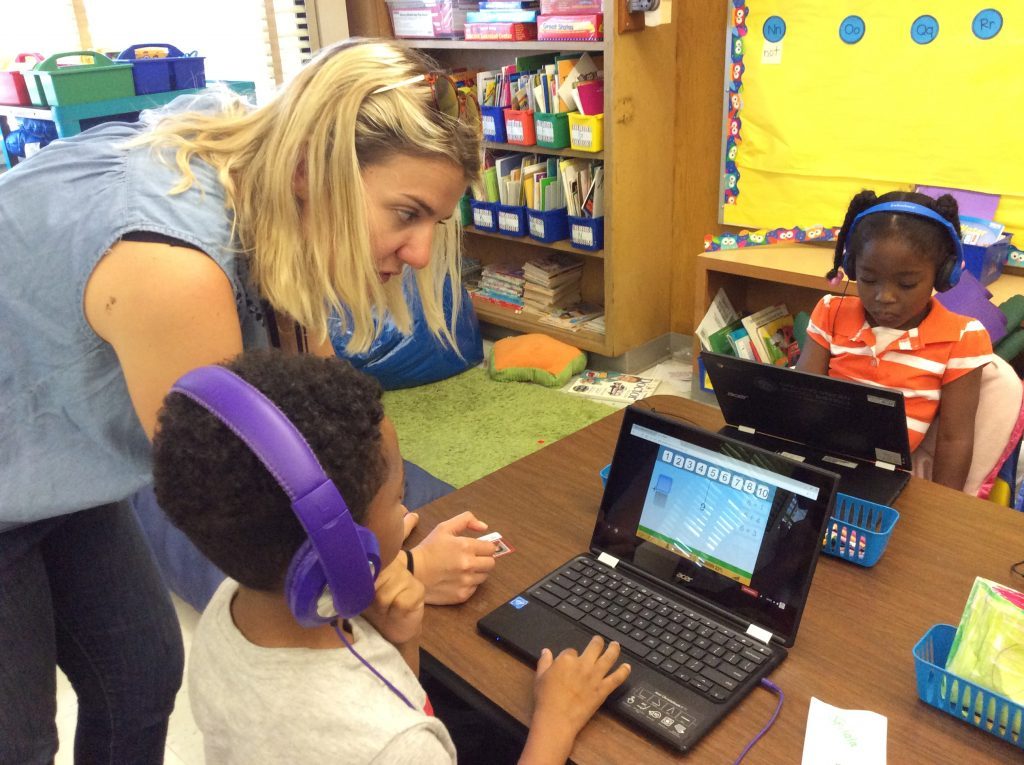It goes by different names: Teletherapy, telehealth, online occupational therapy, online speech therapy, to take the most common ones. These all refer to the practice of providing occupational therapy or speech therapy remotely, usually through the internet.
Teletherapy is a specific form of telehealth more broadly. “Telehealth” can be almost any form of medical care delivered via technology, rather than in person. Different forms of therapy, such as occupational therapy or speech therapy, conceivably can be offered via conferencing software and video.
Teletherapy was developed as a way to bring much-needed services to rural areas and underserved populations. Rural schools, in particular, have found it difficult to attract quality therapy services where locations are widely scattered and there are few students per location. Teletherapy is meant to be a way to provide services when an in-person therapist is unavailable.
But is teletherapy as effective as in-person therapy? Does it work for the more “hands-on” kinds of therapy, like occupational therapy? And is it right for schools?
Is Teletherapy a Good Option for Schools?
It is difficult to find unbiased advice when it comes to teletherapy. (Cards on the table, we provide in-person occupational therapy, speech therapy, and physical therapy for schools—although we have steered clear of teletherapy, for what we feel are good reasons.)
Here are the benefits of teletherapy for schools, and the benefits of using In-Person therapy instead, as we have come to understand them:
Advantages of Teletherapy
- Teletherapy can be easier to schedule, because travel time for a therapist (and possibly parents and students) is not involved.
- It can be somewhat less expensive than in-person therapy, depending on the provider.
- Teletherapy may be better at accommodating some students with severe behaviors or if the student is home-bound (for example, due to a compromised immune system).
- Students are often drawn to technology, and so the novelty of video might keep them engaged longer.
Of course, the benefits of teletherapy have to be weighed against its effectiveness. Take price, for example. If a teletherapy solution is cheaper than an In-Person therapy service, it still will not save a school’s budget if the therapy is less effective, requiring another round of therapy from an in-person therapist after all.
Advantages of In-Person Therapy
- An in-person therapist can pick up on subtle cues. Is the student fidgety? When he or she looks away, is he or she focusing on something else in the room? Is the student shaking or bouncing his or her leg under the table? These can be subtle cues about a child’s mood or reactions that might be easy to miss over a camera.
- An in-person therapist can also provide subtle cues. Just as a therapist might not see a child’s subtle cues over a video feed, the child cannot see the therapist’s cues. An in-person therapist can provide the physical, auditory, and visual cues to help a student that just can’t be conveyed through a screen.
- An in-person therapist is much better equipped to deal with students that have complicated situations. For example, a student might be unable to focus due to sensory issues, or a diagnosis of ODD or ADHD, or simply might be testing the limits that day. Often, the presence and cues from a skillful therapist in the room can redirect the student and get a therapy session back on track. It is hard to convey this same presence through a screen.
- An in-person therapist doesn’t require another adult in the room during therapy, freeing up school staff. If a student is really fidgety or unmotivated, there’s not much you can do when they stare off into space or walk away from the table. Keeping them on track might require another adult helper in the room, which means more staff. At that point, you might as well have the therapist there.
- An in-person therapist doesn’t add to “screen time.” Studies are coming out every few weeks now showing that extensive screen time is not good for children. Doing therapy over the computer, although it has a beneficial end, is ultimately adding to this screen time.
- An in-person therapist is better able to do evaluations. Again, being present and able to observe the whole of a child’s behavior leads to more accurate evaluations.
- An in-person therapist is better positioned to support the student and the team, especially between sessions. Not all that a therapist does happens within the context of a session. The conversations that occur between teachers and therapists in the hall, or when picking up students, are brief but important for communication—and for the overall success of the student.
The Verdict: Is It Good for Schools?
It is difficult to have a single answer to this question because every school (and every student) faces its own unique situation.
It is clear, however, that teletherapy is not a perfect replacement for in-person therapy, especially when it comes to occupational therapy and speech therapy.
If you are in the market for school therapy and would like to discuss these options further, contact us.




